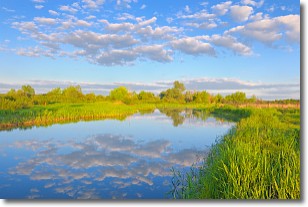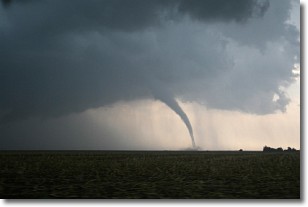Weather Alert in Alaska
Special Weather Statement issued August 28 at 10:58PM AKDT by NWS Anchorage AK
AREAS AFFECTED: Southern Kachemak Bay; SW Kenai Peninsula; NW Kenai Peninsula
DESCRIPTION: Strong southwesterly winds will develop early Friday morning and continue into Friday afternoon in the wake of a frontal system moving east across the region. The strongest wind gusts will range between 30 and 45 mph, with the strongest gusts focused along the immediate coast from Anchor Point north to Nikiski. Other locations, including Homer, Soldotna, and Kenai could see gusts as high as 40 mph. Winds are then expected to diminish in intensity by Friday evening as the front continues to exit the region. People are urged to secure loose objects that could be blown around by the strong winds and use caution while traveling. Trees are still fully leafed and will be unusually vulnerable to damage from the strong winds. Localized power outages will be possible due the potential for strong winds to bring down tree branches onto power lines.
INSTRUCTION: N/A
Want more detail? Get the Complete 7 Day and Night Detailed Forecast!
Current U.S. National Radar--Current
The Current National Weather Radar is shown below with a UTC Time (subtract 5 hours from UTC to get Eastern Time).

National Weather Forecast--Current
The Current National Weather Forecast and National Weather Map are shown below.

National Weather Forecast for Tomorrow
Tomorrow National Weather Forecast and Tomorrow National Weather Map are show below.

North America Water Vapor (Moisture)
This map shows recent moisture content over North America. Bright and colored areas show high moisture (ie, clouds); brown indicates very little moisture present; black indicates no moisture.

Weather Topic: What are Stratocumulus Clouds?
Home - Education - Cloud Types - Stratocumulus Clouds
 Next Topic: Stratus Clouds
Next Topic: Stratus Clouds
Stratocumulus clouds are similar to altocumulus clouds in their
fluffy appearance, but have a slightly darker shade due to their additional mass.
A good way to distinguish the two cloud types is to hold your hand out and measure
the size of an individual cloud; if it is the size of your thumb it is generally
an altocumulus cloud, if it is the size of your hand it is generally a
stratocumulus cloud.
It is uncommon for stratocumulus clouds to produce precipitation, but if they do
it is usually a light rain or snow.
Next Topic: Stratus Clouds
Weather Topic: What are Wall Clouds?
Home - Education - Cloud Types - Wall Clouds
 Next Topic: Altocumulus Clouds
Next Topic: Altocumulus Clouds
A wall cloud forms underneath the base of a cumulonimbus cloud,
and can be a hotbed for deadly tornadoes.
Wall clouds are formed by air flowing into the cumulonimbus clouds, which can
result in the wall cloud descending from the base of the cumulonimbus cloud, or
rising fractus clouds which join to the base of the storm cloud as the wall cloud
takes shape.
Wall clouds can be very large, and in the Northern Hemisphere they generally
form at the southern edge of cumulonimbus clouds.
Next Topic: Altocumulus Clouds
Current conditions powered by WeatherAPI.com




